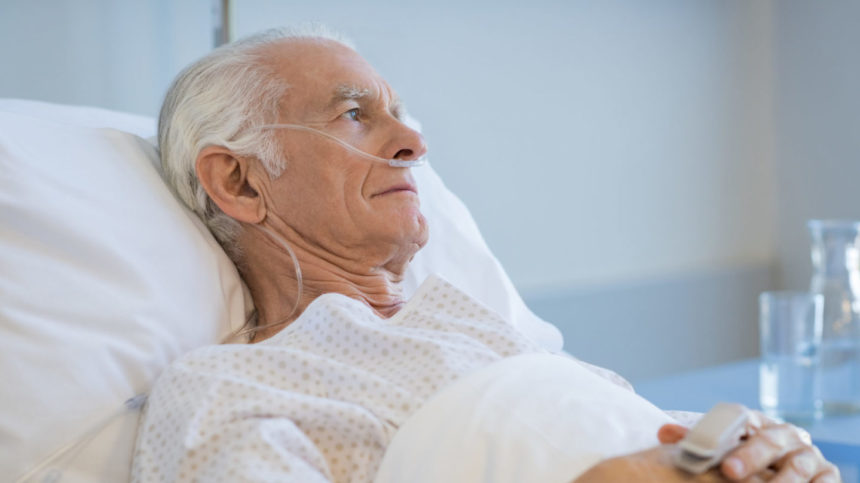
Mechanical ventilation and central lines are associated with high rates of drug-resistant Staphylococcus aureus, or MRSA, among hospitalized COVID-19 patients, a new study finds.
The rate of MRSA bloodstream infections was five times higher in COVID-19 patients than non-COVID patients at 11 hospitals in New York City during the pandemic, according to a report on the study from CIDRAP News.
In an analysis of data collected between January 2020 and March 2022, 77% of the patients with COVID-19 in these hospitals were on mechanical ventilation, 63% were receiving corticosteroids and 79% had pneumonia. Only 4% of patients with COVID-19 and hospital-onset MRSA bacteremia returned home when compared with 23% of patients without COVID-19.
The increased rate of healthcare-facility-onset MRSA infection was likely related to the presence of central lines and mechanical ventilation, according to the study authors.
“The number of central line-associated bacteremias may be underestimated in patients with COVID-19,” they concluded.
A 2014 study found that a growing number of hospital patients who require post-acute care are MRSA carriers, due in part to rising prevalence of these infections and also to mandatory screening. And new MRSA acquisition in nursing homes is prevalent as well, with MRSA harbored by 1 in 4 residents in some facilities, according to another investigation.
The current study was published in Infection Control & Hospital Epidemiology.
Related articles:
MRSA and VRE persist in resident rooms, nursing home study finds




